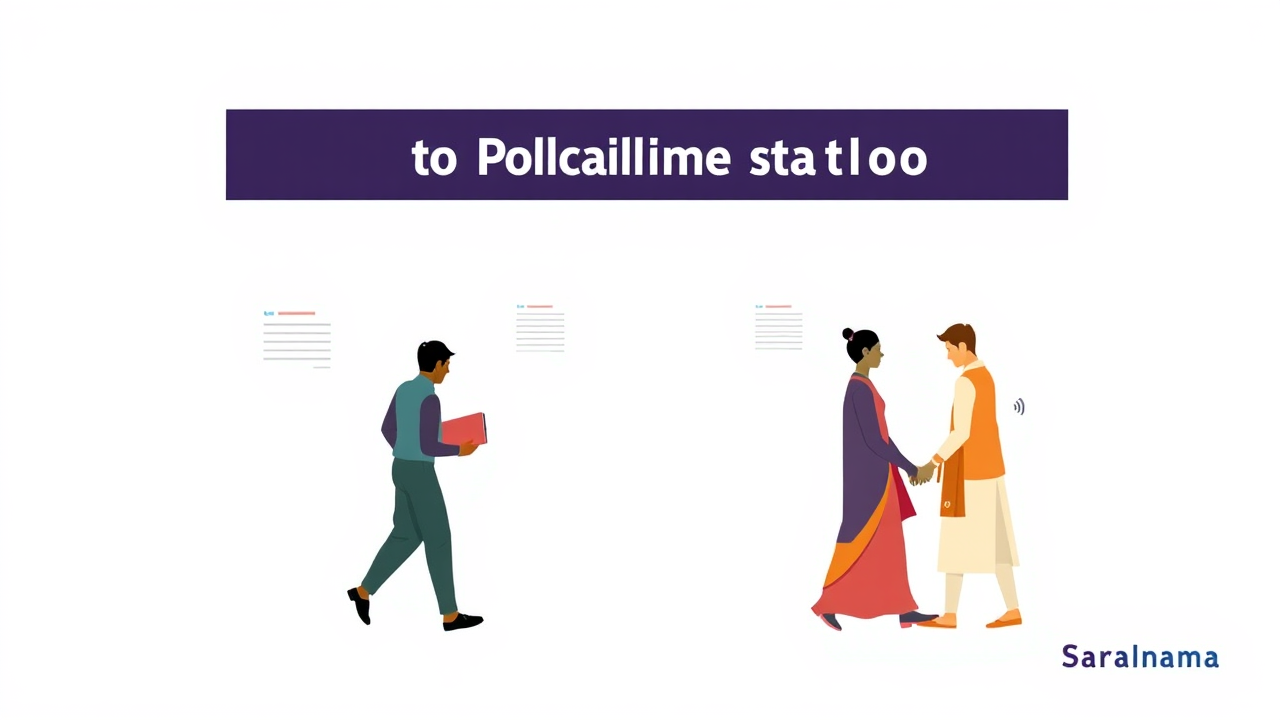Bihar is set to vote in two phases for its assembly elections. The first phase covering 121 seats will take place on 6 November, while the second and final phase for 122 seats is scheduled for 11 November. Many voters have questions about the polling process, verification of their vote, and what steps to take if issues arise at the booth. To vote, a person must be at least 18 years old and have their name on the voter list. Voters can check their eligibility and locate their polling station through multiple methods. Even if the voter ID card is lost, voters can still cast their ballot using any authentic photo identification document. Private vehicles can be used to reach the polling booth, but only groups of four or fewer people are allowed due to prohibitory orders. Inside the booth, officials verify identity, apply indelible ink on the left index finger, and collect signatures before allowing voting. The Electronic Voting Machine (EVM) is used to cast votes, and a Voter Verifiable Paper Audit Trail (VVPAT) machine confirms the vote by displaying a slip for seven seconds. Voters also have the right to choose NOTA if they do not support any candidate. Complaints about irregularities can be lodged with officials or through the helpline and mobile app.

Documents and Access to Polling Stations
Voters whose names appear on the electoral roll can cast their vote even without a voter ID card. Any authentic photo identification is acceptable, including documents like Aadhaar, passport, driving license, or PAN card. However, slips with photos distributed by candidates or their agents are not valid for identification. Voters can travel to polling stations in their own cars or bikes, either alone or with family members. The restriction is that no more than four people should travel together due to prohibitory orders in place during elections. Barricades are set up within 100 to 200 meters of polling booths, and vehicles are not allowed inside this zone. Voters must walk the final distance to the booth. Those unable to reach the polling station due to serious illness or physical disability can use postal ballots, and election officials may visit homes to collect votes from elderly and disabled persons.
Voting Process and Verification Steps
At the polling station, officials first verify the voter's name on the list and check their ID proof. Polling agents from various candidates observe this process to prevent fraudulent voting. The second official applies indelible ink on the left index finger and takes the voter's signature on a register called Form 17A. Voters who cannot sign may use a thumbprint. Disabled voters without hands or fingers have ink applied to their toes. After receiving a slip, voters proceed to the voting room, which is enclosed on three sides for privacy. Inside, voters press the button next to their preferred candidate's symbol on the EVM. A long beep confirms the vote has been recorded. Pressing the button multiple times does not register extra votes, as the machine accepts only one vote per session. The VVPAT machine then displays a slip showing the candidate's serial number, name, and symbol for seven seconds before it drops into a sealed box. This slip allows voters to verify their choice but is not handed to them.
Handling Issues and Voter Rights
If a voter notices that someone has already cast their vote fraudulently, the presiding officer can arrange tender voting. In this process, the voter receives a paper ballot listing all candidates, marks their choice, seals it in an envelope, and submits it to officials. All other procedures, including identity verification and ink application, remain the same. If the vote displayed on the VVPAT does not match the voter's choice, a written complaint must be filed. The presiding officer conducts a test vote, and if the complaint is valid, voting is halted and higher authorities are informed. Voters facing difficulties can approach the presiding officer or other authorized officials at the booth. Complaints about irregularities can also be made to the Election Commission helpline 1950 or through the C-Vigil app, which promises action within 100 minutes. Voters have constitutional rights including the right to information about candidates, the right to reject all candidates using NOTA, and special provisions for disabled or seriously ill voters.
Source: Link
